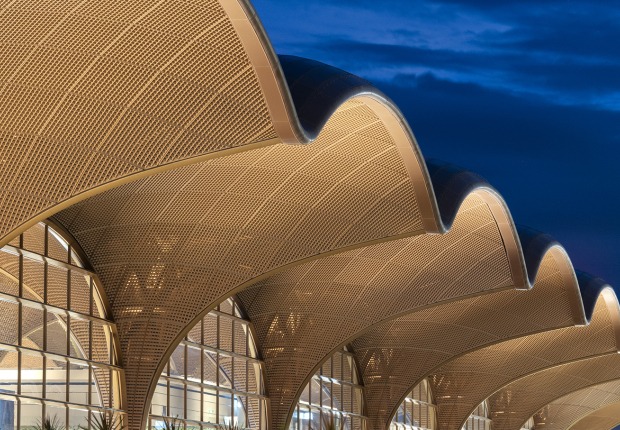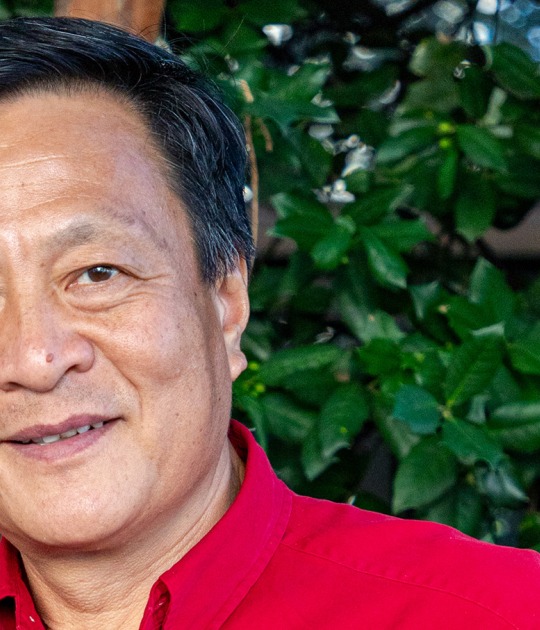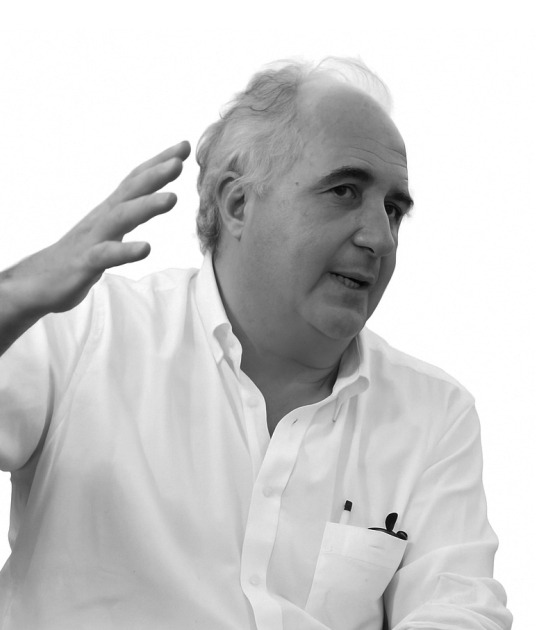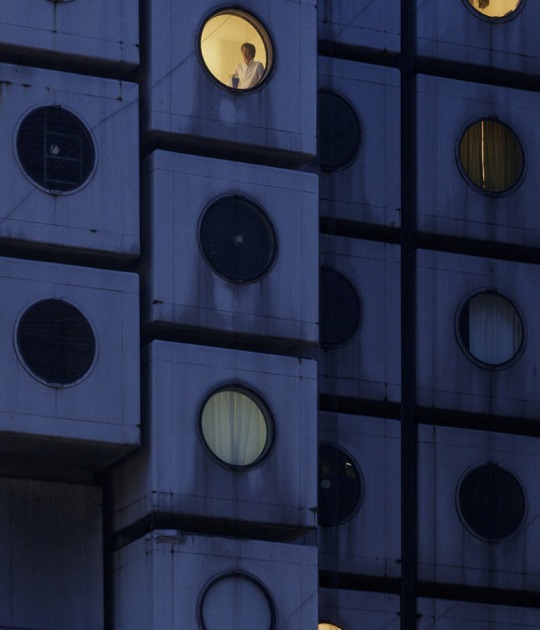"Sharing information about Aalto and comprehensively responding to the needs of our various audiences are fundamental to our work. This collaboration is a major step by the Alvar Aalto Foundation towards better accessibility and visibility. We want to be accessible to everyone who does not have a chance to visit our sites in person,” says Director of the Alvar Aalto Foundation Tommi Lindh.
Google’s Street View takes users on a virtual journey into the interiors of Aalto’s buildings. Nine sites, designed by Aalto, will be featured on this new platform, including Finlandia Hall, Studio Aalto, and even some lesser-known sites such as Tehtaanmäki Primary School.
The collaboration has also begun on two online exhibitions. Google’s Cultural Institute is showing an online exhibition based on the popular Alvar Aalto Museum-produced exhibition A Stool Makes History. This takes a close look at Aalto’s three-legged design classic and its history. Another online exhibition adopts a restoration viewpoint to explore the Alvar Aalto Library in Vyborg, now returned to its former glory.
Explore these exciting online resources and learn more about Aalto’s Work with the links below:
- Alvar Aalto’s Architecture, collection of imagery.
- A Stool Makes History, online exhibition.
- The Restoration of Alvar Aalto Library in Vyborg, online exhibition.



























